Cooking and preparing three meals and two snacks per day tends to be not feasible during a hectic workweek. While meal planning and bulk cooking are great ways to start eating healthier and put food on the table, mastering the art of upgrading leftover meals and ingredients is a special talent that can save you a ton of time and money.
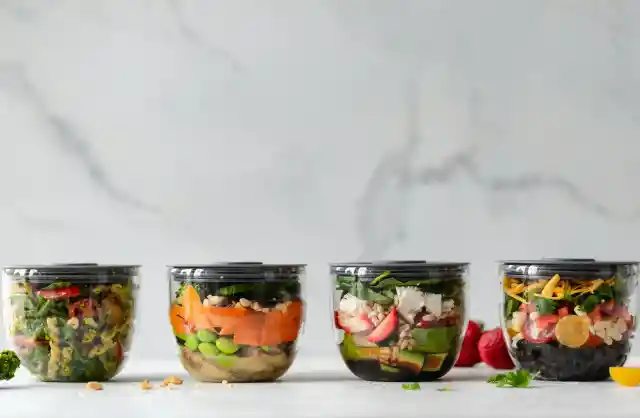

However, the term "leftovers" sounds quite dreadful by itself. After the second or third day of eating the same food, boredom usually sets in, and there's always the matter of how long leftovers can last.
Moreover, repurposing leftovers contributes significantly to the decrease in food waste.
Here are some tips for making the best use of leftovers while staying safe:
Cooling Down
Safe leftover storage is essential for avoiding foodborne infections. However, it's also not a good idea to put hot food straight into the refrigerator since this might increase the temperature inside and perhaps damage other goods. Thus, cooling is crucial in this situation.
Food enters "the danger zone" between 40 and 140 degrees Fahrenheit, which is particularly favorable for the growth of germs. Over two hours is when most food starts to reach this zone, therefore leaving food out at room temperature is not advised.
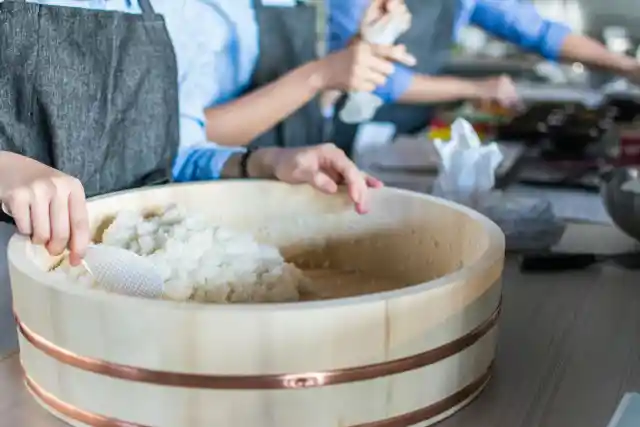
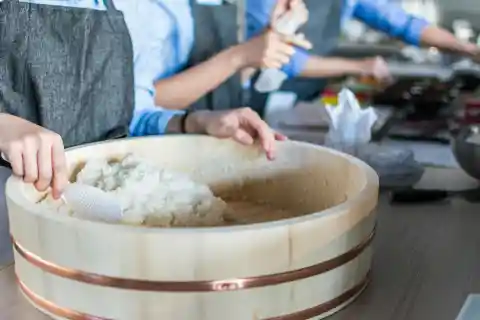
For instance, uncooked rice has common bacteria called Bacillus cereus spores that can withstand cooking. These spores have the ability to reproduce and create toxins when kept at room temperature, which might result in symptoms similar to food poisoning. Rice must be handled and stored properly to ensure that there are no health hazards.
Once cooked, let the leftovers come to room temperature—ideally, in less than an hour. Soups and other hot foods can be rapidly cooled using an ice bath. For quicker cooling, cut large items into smaller pieces.
Proper Storage
To keep leftovers fresh, use airtight containers. This reduces moisture loss, freezer burn, and contamination. Make sure you split leftovers so you are able to eat them entirety at once. Divide the food into smaller parts and store them in different containers so that the leftovers will cool down faster, reheating them will be simpler, and you won't have to defrost more than you need.
By doing this, you may also rule out the chance of contamination. Glass storage containers let you see what's within and are both reusable and environmentally friendly. You'll be less likely to forget about leftovers in this method.
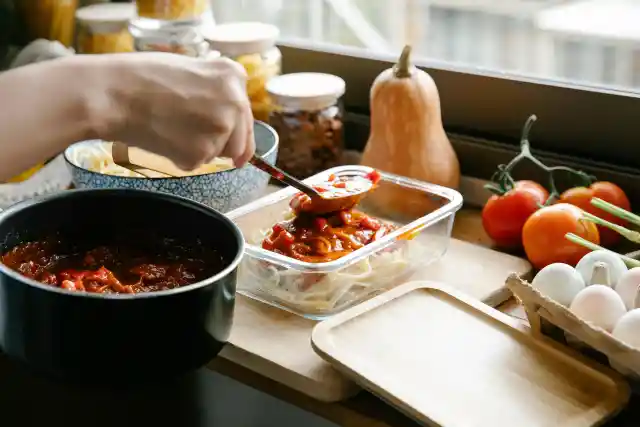
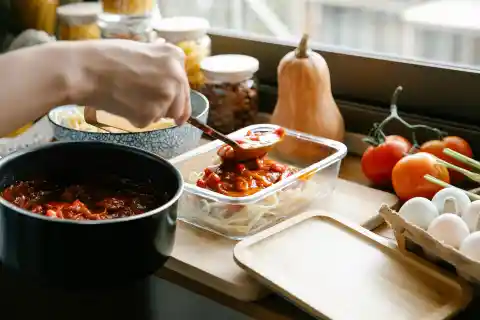
Use washable and reusable zip-top gallon bags for freezing, and use a piece of tape to name and date the contents. To prevent freezer burn, firmly wrap goods like bread in plastic.
Refrigeration
Refrigerate food at 40°F (4°C) or lower to ensure food safety. Refrigerated foods should be kept safely outside of the risk zone at 40°F (4°C) or lower. To ensure optimal air circulation, try not to pack the refrigerator too full. Most leftovers can be kept in the refrigerator for three to four days.
To prevent food waste and spoiling, store your leftovers on the higher shelves of the refrigerator and consume the dishes you refrigerated first. Store the fresher leftovers in the back and the older ones near the front.
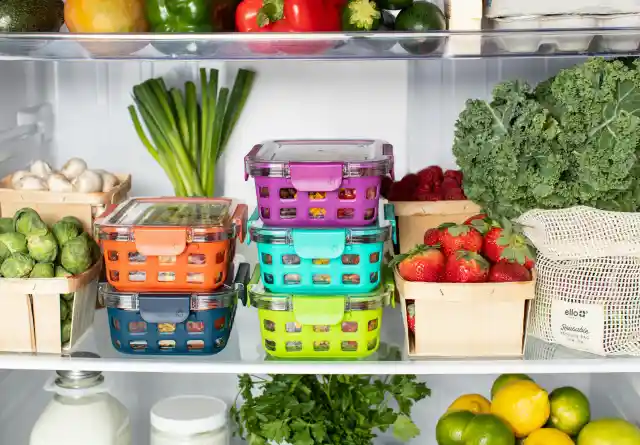
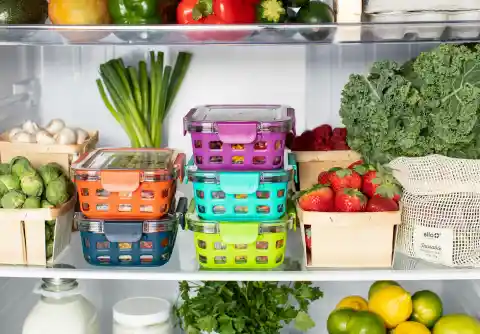
Take note of quality since certain goods may deteriorate sooner than others. They may be kept safely for three to four months in the freezer. However, be mindful of freezer burn; this does not mean that the item is unsafe to eat. Yet, freeze burn can alter the food's texture and appearance, making it less palatable.
Food loses moisture and becomes harder, drier, and sometimes discolored as a result. Keep your freezer at 0°F (-18°C) or below to prevent this. At this temperature, food freezes more quickly, forming fewer ice crystals and lowering the possibility of freezer burn. Additionally, make sure to properly pack or wrap food before freezing it.
Don't use plastic bags; instead, use freezer-safe containers. But over time, freezer burn can occur even to well-protected food. To avoid anything being kept in storage for too long, use your frozen meals as soon as possible. Otherwise, you might wind up wasting food and having a bad meal.
Reheating
It's important to reheat leftovers properly to maintain flavor and safety. To reduce the possibility of bacterial growth, finish the leftovers within one day. Reheating them more than once raises the possibility of bacterial infection.
Always reheat the food in the same way that it was prepared. While cooking on a cooktop creates direct heat, oven cooking creates gentle, dry heat. To reheat food in the microwave, spread it out evenly and thinly on the dish.


Make sure reheated food achieves a minimum temperature of 165°F (74°C) for safety by using a food thermometer. Reheating food requires stirring, particularly in a microwave. When reheating rice and grains, add a small amount of water or broth to give them some moisture.
To soften the grains while microwave reheating, place a damp paper towel over the plate or dish. You may even reheat frozen rice and grains without first thawing them. You can reheat casseroles straight out of the freezer. Just place them inside the oven. When reheating eggs, try not to overcook them. If you want to preserve their texture, use low heat.